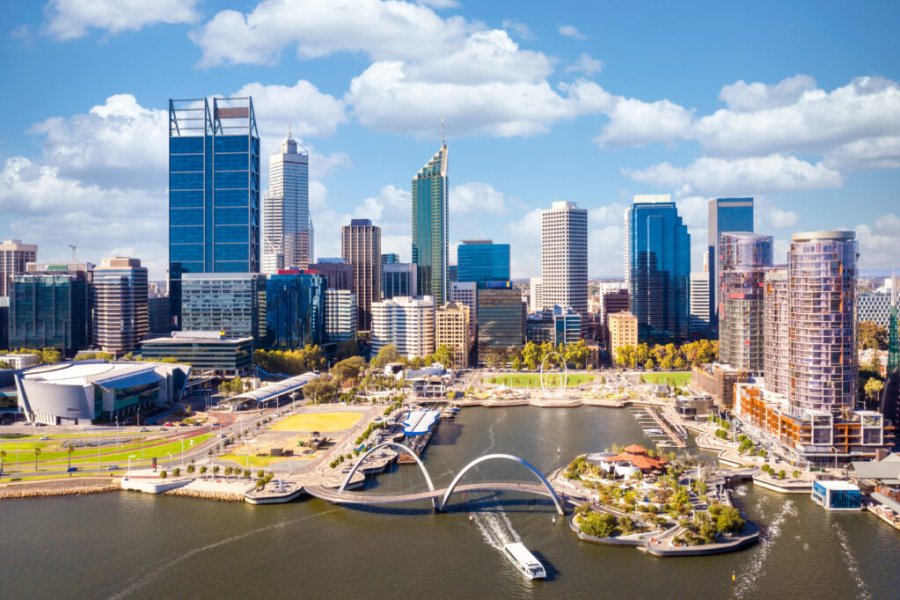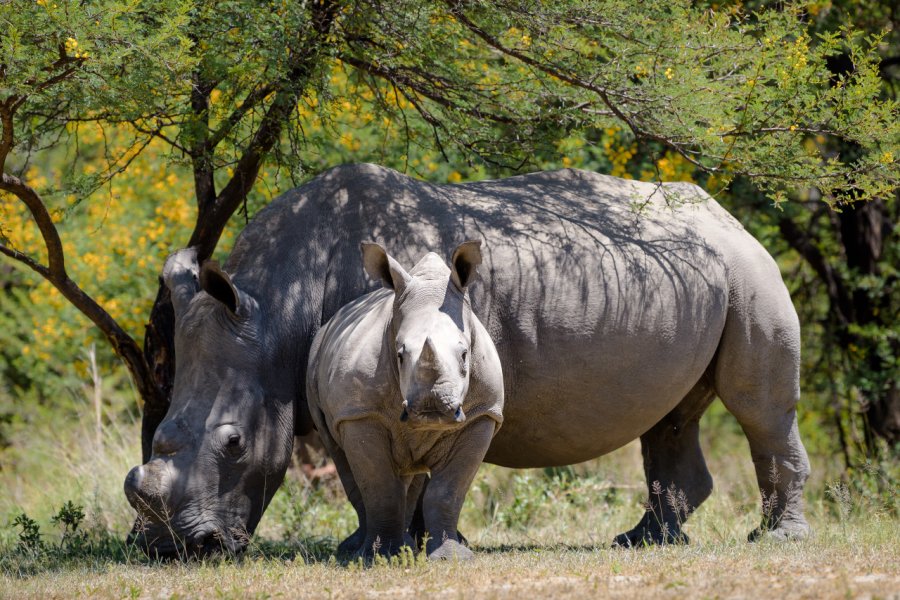Travel Guide Matobo National Park
Find an accommodation
Advertising
The mountains and domes in southwestern Zimbabwe are known as Matobo or Matopos. This name was given by the great Zulu chief Mzilikazi who saw in these bare and smooth eminences amatobo or "bald heads". As the comparison was striking and representative, the name stuck and today it designates one of the most picturesque and interesting areas in Zimbabwe. The place is steeped in history and is highly respected by all locals. Perhaps this is because the hills are more than 3,000 million years old and thus worthy, according to local belief, of housing the spirits of the ancestors. The rocky heaps of Matobo have always been shrouded in mystery and have served as a home for many successive tribes. The first to move in were the San, more than 40,000 years ago. These hunter-gatherers left the trace of their passage by covering the walls of the rocky overhangs and caves with rock paintings. Around the fifteenth and sixteenth centuries, the Torwa moved from the southeast (the city of Great Zimbabwe) and built a new capital, Khami, in the Matobo Hills. In the late sixteenth century, they were driven out by the Rozwi, who established their royal city at Danangombe, but made the Matobo Hills their religious capital. They developed the cult of Mwari, which is still very much alive today. In the 19th century, Mzilikazi, forced to leave Zululand and the Magaliesberg mountains (now South Africa), crossed the Limpopo River and reached the hills. Thanks to his powerful warriors, he dislodged the Rozwi, but he was so impressed by the cult of Mwari that he adopted it. The god was also respected by the white settlers, who, at the end of the nineteenth century, arrived in turn in this region of southern Africa, under the leadership of Rhodes. The latter established certain agreements with Lobengula, the successor of Mzilikazi. However, the cordial agreement soon turned into violent conflicts, which ended in the defeat of the Ndebele. In the twentieth century, further fighting took place in the hills, especially between the whites, who wanted to turn part of Matopos into a nature reserve, and the blacks, who wanted to cultivate all the land. The whites won and the decision was even confirmed decades later (i.e. after independence) by the Mugabe government. Today, the most spectacular part of Matobo is protected as a national park. It covers 43,200 ha and includes impressive rock piles, beautiful rock paintings, the tomb of Cecil Rhodes, a high concentration of black eagles and leopards as well as a fair number of white and black rhinos.The park is located 35 km south of Bulawayo and is very well signposted. There are several entrances, the main one being to the north. There is no public transportation through the park except for the kombis that travel between Bulawayo and Maphisa. These can drop you off at the entrances to Big Cave Camp, Farmhouse or Amalinda Lodge. The others can only be reached by cab or with a transfer organized by the lodges.The Matobo Mountains National Park is divided into six parts:The Northern Wilderness Area. This is the best developed and most visited part of the park and is the most easily accessible and closest to Bulawayo. Its focal point is the View of the World (in the words of Cecil Rhodes): a hill offering an extraordinary panorama of the raw and chaotic landscape around it. It is here, in the heart of an amphitheater of large round rocks and atop a dome partly covered with lichens, that Rhodes, fascinated by the beauty of the place, decided to be buried. Two other important men were also buried here: first, the loyal friend Dr. Leander Starr Jameson, commander of Fort Victoria and leader of the raid that started the Boer War a hundred years earlier; and second, Charles Patrick John Coghlan, the first head of government of Southern Rhodesia. A memorial (Shangani River Memorial) was also erected on Rhodes' orders, in memory of Allan Wilson and his thirty-three British soldiers, who were wiped out by Ndebele warriors during a campaign against Lobengula. Ironically, the bodies of the most vicious colonizers lie atop a sacred hill called Malindidzimu in the local language, a Ndebele word for "abode of benevolent spirits. The great Zulu chief Mzilikazi himself is buried 15 km northeast of Rhodes' grave, in a cave overlooking a hill. About 5 km northeast of the hill where Rhodes lies, not far from the paved road, are some very interesting rock paintings, called White Rhino Shelter. Their particularity is that they are line drawings, unlike those of the other sites, which are rather polychrome. Five white rhinoceroses and a black rhinoceros head are thus very clearly visible and really worth seeing. A little further north, outside the boundaries of the park, another cave (Mjelele Cave) is also home to beautiful rock paintings of great religious importance and which are sometimes the subject of ritual ceremonies;Togwe Wilderness Area. This part corresponds to the east of the park. It is one of the most wild and remote areas. Its trails are quite bad and require the use of a 4 x 4. A few campsites have been set up and two small lakes artificially created (Togwana and Mtsheleli). Beautiful rock paintings also adorn the Inange cave, located 7 km east of the Togwana dam. As it is not easy to find, those interested in the excursion (a hike of several hours on sometimes steep trails) should take care to collect as much information as possible from the offices at the entrance of the national park;Central Wilderness Area. The central part of the park is dotted with numerous small reservoirs, the best known and most popular of which is Maleme Lake, located on the Maleme River. Near this lake is the largest campground in the protected area, the park office and their chalets. Two caves are worth a visit: Nswatugi Cave, where ancient human bones over 35,000 years old have been unearthed - drawings of people and animals in good condition are also visible - and Pomongwe Cave, whose paintings were unfortunately terribly damaged by a researcher. To protect them, he had covered them with a varnish, but the result was contrary to his expectations. These two caves are well marked and are easily accessible by small trails;Whovi Wilderness Area. The entire western part of the park is reserved exclusively for wildlife. It is home to about 50 species of large mammals, including many antelopes, monkeys, giraffes, zebras, caracals, leopards and especially white and black rhinos! The many trails in the park make it easy to search, especially since some of them run along small waterholes frequented by the animals.Bambata Wilderness Area. This is a very small section located north of the neighboring Whovi Wilderness Area. The only interest of this part is a cave, Bambata Cave, decorated with beautiful rock paintings, including a superb drawing of a cheetah. The cave can be reached on foot in 40 minutes or by 4 x 4 from the road linking the Whovi area to Bulawayo ;Maleme Wilderness Area. This area covers the entire southern section of the park. It is the only area that has been kept completely wild and without any development.
What to visit Matobo National Park?
Suggested addresses Matobo National Park
Weather at the moment
Advertising
Organize your trip with our partners Matobo National Park
Transportation
Book your plane tickets
Car Rental
Boat rental
Accommodation & stays
Find a hotel
Holiday rental
Find your campsite
Tailor-made trip
Immersion travel
Services / On site
Activities & visits
Find a doctor







